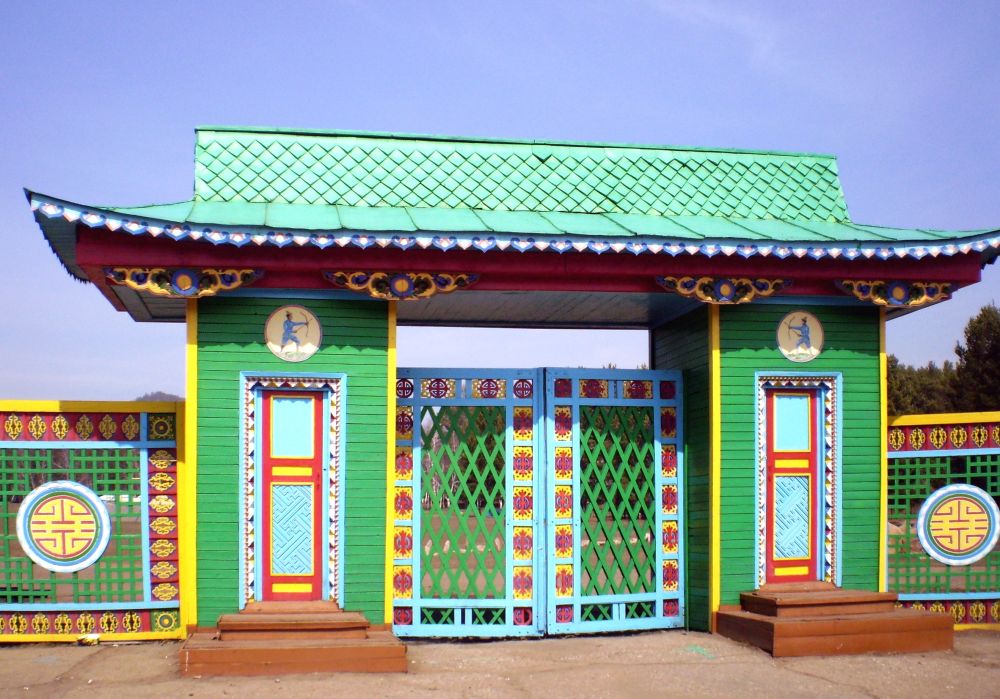

The Ulan-Ude Ethnographic Museum, one of the largest open-air museums in Russia, has a rich history that contributes to its current status as a key tourist attraction. Established in 1973, it became a vital institution showcasing the cultural heritage of the indigenous ethnic groups of the Transbaikal region.
Initially, tourism to the museum and Ulan-Ude was primarily domestic, with Soviet citizens exploring the vast cultures within their own country. After the fall of the Soviet Union, borders opened, and the influx of international tourists began to grow, curious about the unique cultures and history displayed at the museum.
The museum's expansive exhibitions featuring the traditional dwellings and lifestyles of local ethnic groups, including the Buryats, Evenks, and Old Believers, quickly made it a significant point of interest for visitors interested in Siberian culture and history.
In recent years, Ulan-Ude and its Ethnographic Museum have seen changes in tourism trends due to technological advancements, shifting global interests, and the impact of the COVID-19 pandemic.
The Ulan-Ude Ethnographic Museum, being a unique repository of the region's history and culture, continues to be a popular destination for both domestic and international tourists. Through a variety of interactive exhibits, traditional events, and educational programs, visitors gain an insight into the rich tapestry of cultures within Russia's Siberian landscape. As tourism evolves, the museum remains a testament to the heritage and resilience of the region's indigenous populations.
With the increased interest in sustainable and responsible tourism, it is likely that the Ulan-Ude Ethnographic Museum will maintain its status as a premier cultural destination in Russia, leading the charge in authentic, enriching travel experiences.